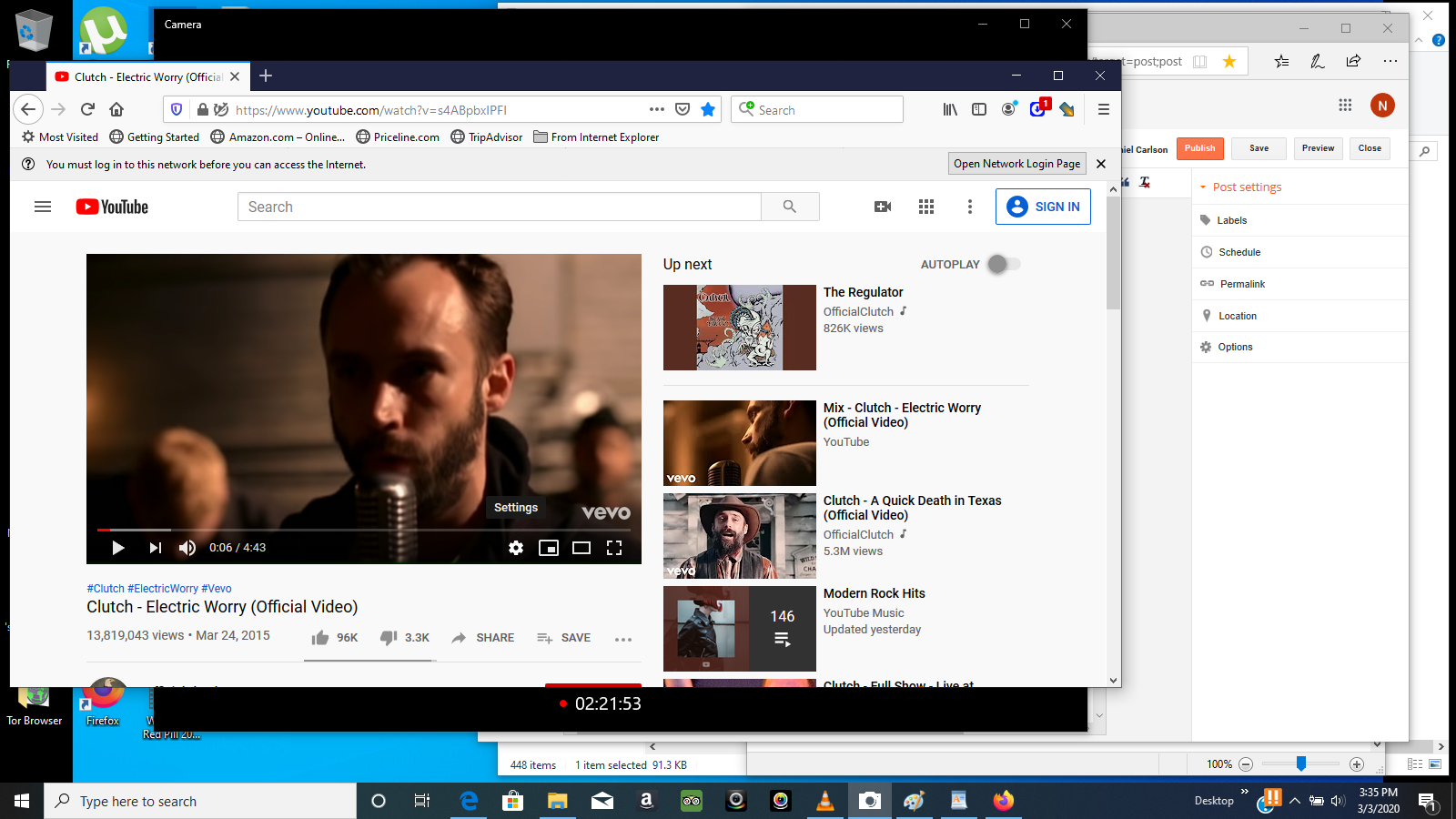The iCloud.com website now works natively on mobile browsers for both iOS and Android, giving users access to some of iCloud's most popular features to.
About the message
1Password 6.8 for Mac introduced a more reliable method for saving and filling in browsers called native messaging.
Native messaging improves the performance and reliability of the 1Password extension, especially when proxies, antivirus, and other security software would otherwise interfere with 1Password. If 1Password is unable to detect support for native messaging in your browser, you’ll see this message.
- MySQL Query Browser is a database querying tool that combines the simplicity of a Web-browser-like interface with powerful features like multiple result sets on tab sheets, query history, storing.
- 1Password 6.8 for Mac introduced a more reliable method for saving and filling in browsers called native messaging. Native messaging improves the performance and reliability of the 1Password extension, especially when proxies, antivirus, and other security software would otherwise interfere with 1Password.
What you should do
For all browsers
First, try restarting your browser. If you’re still having trouble, follow these steps to allow 1Password to use native messaging in your browser:
Open Terminal, which is in the Utilities folder of your Applications folder.
Copy and paste the following command and press Return:
Open 1Password. Hold down the Control and Option keys on your keyboard and choose 1Password > Quit 1Password Completely from the menu bar.
Open 1Password again.
Restart your browser.
Follow the additional steps below if you use Brave, Vivaldi, or Chrome Canary.
If you use Brave
If you use Brave, make sure you’re using Brave 0.17.19 or later. Earlier versions do not have support for native messaging.
Using 1Password in Brave requires 1Password 7 or later.
If you use Vivaldi
Free Browsers For Mac
If you use Vivaldi, make sure you’re using Vivaldi 1.11.917.43 or later. Earlier versions do not have support for native messaging.
Native Browser For Mac Windows 10
If you use Chrome Canary or Microsoft Edge
If you use Chrome Canary, follow these steps to allow 1Password to use native messaging in your browser:
Make sure the 1Password app and your browser are both in the Applications folder.
In Finder, choose Go > Go to Folder. Copy and paste the following path and press Return:
Copy the file named
2bua8c4s2c.com.agilebits.1password.jsonto your desktop.Choose Go > Go to Folder. Copy and paste the correct path for your browser and press Return:
- Google Chrome Beta:
~/Library/Application Support/Google/Chrome Beta/ - Google Chrome Dev:
~/Library/Application Support/Google/Chrome Dev/ - Google Chrome Canary:
~/Library/Application Support/Google/Chrome Canary/ - Microsoft Edge Beta:
~/Library/Application Support/Microsoft Edge Beta/ - Microsoft Edge Dev:
~/Library/Application Support/Microsoft Edge Dev/ - Microsoft Edge Canary:
~/Library/Application Support/Microsoft Edge Canary/
- Google Chrome Beta:
Open the folder
NativeMessagingHostsor create it if it doesn’t exist.Drag the file named
2bua8c4s2c.com.agilebits.1password.jsonfrom your desktop into theNativeMessagingHostsfolder.Restart your browser.
Native Browser For Macbook
Get more help
If you’re still having trouble:
Native Browser For Mac Os
- Create a diagnostics report on your Mac.
- Contact 1Password Support with a description of the problem and attach the diagnostics report that you created.

